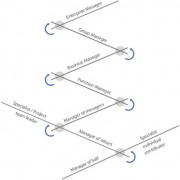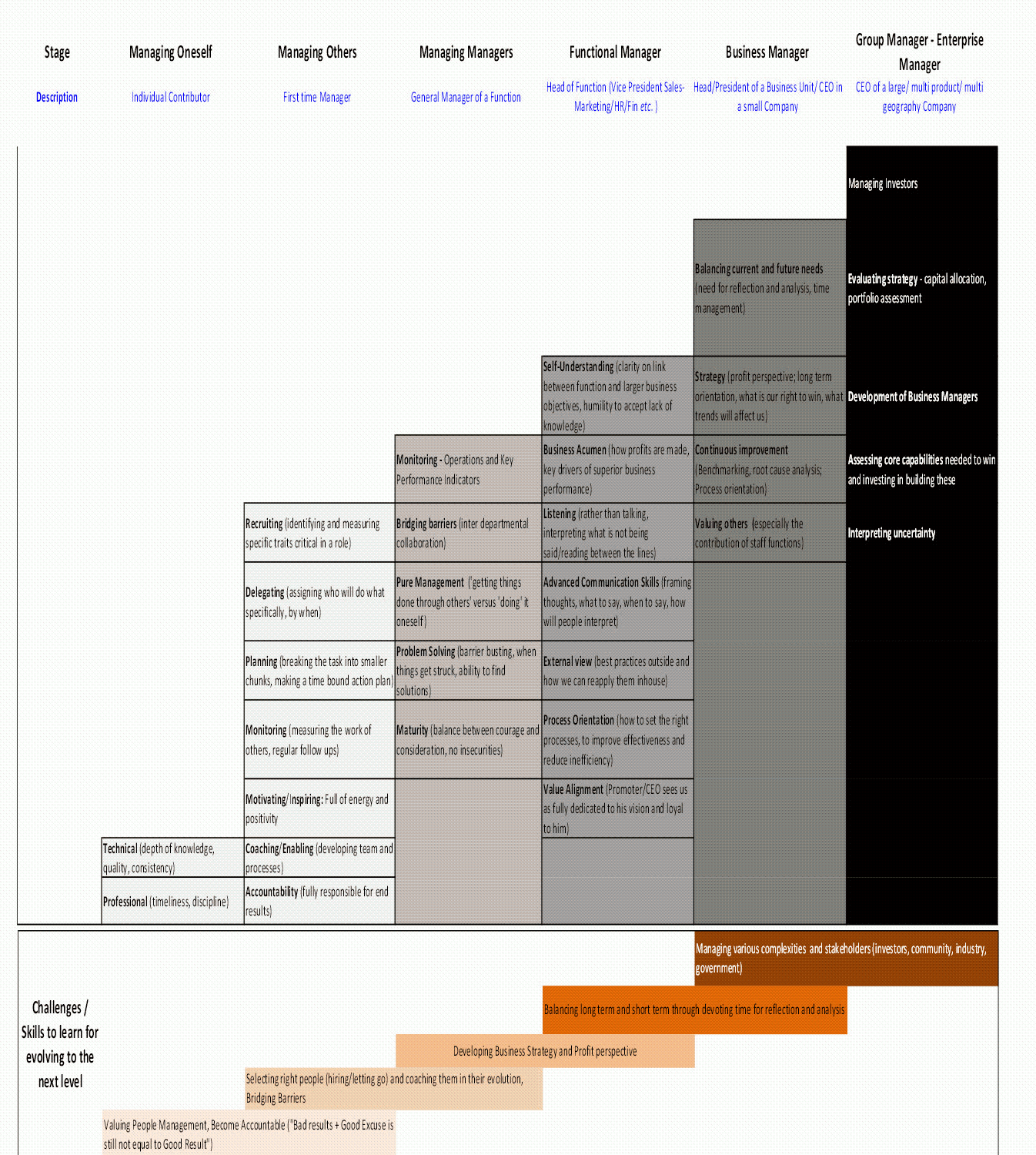The Leadership Pipeline Developing True Leaders at Every Level
The Leadership Pipeline: How to Build the Leadership Powered Company
“Leadership: getting people to do what you want them to do, because they start wanting to do it.”
“Leadership is the art of getting ordinary people to deliver extraordinary results.”
How many of our middle managers can claim this level of leadership? But Leaders – who take full ownership of business results and do not fail to meet targets, aggressively improve processes, build strong relationships and networks, inspire others, coach and mentor juniors, and finally help their unit scale new heights – are needed at every level. Unfortunately, many companies keep lamenting on the ‘Leadership cliff’ beyond the CXO team. And many careers hit a glass ceiling – employees who performed well at junior levels are unable to deliver equally stellar results as their span of control increased. Employees work harder but are not appreciated by management, which, in turn, is frustrated that employees are not performing to increased expectations.
Why does this ‘Leadership Deficiency’ happen?
- Leadership Development is generally not considered as critical as, say, business strategy or managing operations. Unfortunately, even our education system hardly provides any managerial/leadership skills.
- While promoting managers, main focus is usually on personal traits (professionalism, loyalty to company) and technical competence, instead of ‘future potential’. However, performance and potential are two very different things – incentives may be given for good performance, but promotion should only be given if potential for the next level is clearly seen.
- Most companies lack a defined yardstick to measure leadership (unlike, say GAAP, in accounting) even though it is eminently measurable. Often seniors (themselves weak in some leadership traits, even though brilliant in others) promote managers who also lack some critical skills, worsening the malaise.
The result is disaster. 75% of below-par performance can often be attributed to the leader’s flaws:
- Job and the goals aren’t clearly defined. Frequent mismatches, duplications, missing links.
- Fails to coach because he’s too busy, often doing work that the subordinate could do.
- Hired/promoted the wrong person with ‘missing’ skills, or fails to create meaningful roles.
- Unable to inspire/motivate team, resulting in high attrition and poor morale.
In contrast, researchers have found that successful managers learnt new skills as they moved up, changed their perspective on what was important and reprioritized where to spend time. Maher’s theory highlights distinct levels of Leadership, each requiring new set of skills and priorities.
EXHIBIT Leadership Development: Stages of Skill Development… New roles will require new skills and new priorities
In contrast, researchers have found that successful managers learnt new skills as they moved up, changed their perspective on what was important and reprioritized where to spend time. Maher’s theory highlights distinct levels of Leadership, each requiring new set of skills and priorities.









 For HT Horizon
For HT Horizon

 Are Employability Skills Coachable?
Are Employability Skills Coachable?



 This information will never be shared with third party
This information will never be shared with third party